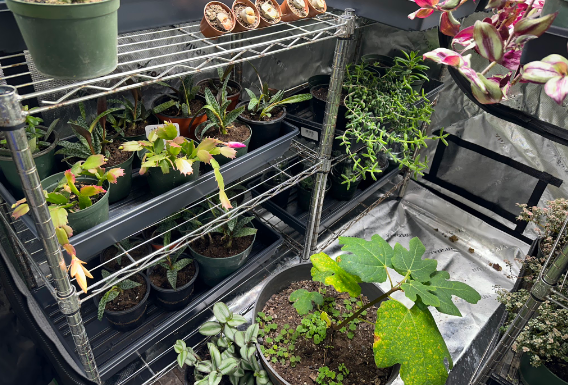Opiods Ever-Growing Impact on Life During the Pandemic
January 19, 2022
While COVID has dominated the conversation of death and danger for the past few years, another issue of the past lurks in the distance and even when it is largely ignored, it tallies more and more lives; the opioid crisis of America. According to the CDC’s National Center for Health Statistics, there have been over 100,300 drug overdose deaths in the United States from April 2020 to April 2021 with around 80% of these deaths coming from opioids alone. The most commonly used opioids, both prescription and illegal drugs wise, include Oxycontin, Vicodin, heroin, methadone, and morphine. Compared to the year before, that’s a 28.5% increase in deaths nationwide, and it’s less spoken about than ever.
But what changed the face of the opioid epidemic in recent years? Much like any other question coming up in the past two years, the answer is COVID-19 and the variants that have spread and wreaked havoc on people’s lives. The pandemic has not only added onto the stress of healthcare resources, and therefore reduced the resources available to addicts, but the stress of everyday life during a pandemic further sends people down the wrong path. People struggling with finances and inequality during the pandemic due to job losses seen during the pandemic contribute to such stress.
Brendan Saloner, a professor of Health Policy at the Johns Hopkins School of Public Health said, “Yeah, absolutely. So, economic stress, I think, is a major precipitator of harmful drug use. Homelessness, which was a crisis before COVID, is a major risk factor for overdose because when people are unhoused, the way that they use drugs is just a lot riskier. So, I think that those things contributed in various ways to people using drugs to cope with stress and also using them in ways that were just more unsafe..” . The Northeast is specifically very affected by this issue because of the large number of cities within the area and higher amounts of homelessness due to higher rent.
New York has tried to aid this issue in the Northeast by opening the US’s first harm reduction site where addicts use under supervised conditions, and their drugs can get checked for fentanyl, a highly lethal additive to opioids . But that would not work for every state as some areas find that it feels like ‘enabling addicts’ as it does give a place specifically for drug use. For example, the 3rd circuit course shut down a harm reduction site in Philadelphia called ‘safehouse’ because the courts found that “safe-injection site falls within Congress’ power to ban interstate commerce in drugs.” So, the government, according to the lower courts, cannot allow safe-injection sites because it counts under the interstate commerce clause. However, this could all be changed depending on how other courts, or if the case ever got there the Supreme Court, views it. Though, the program has worked in Europe, Canada, and Australia. According to he University of California, there have been no deaths and through a review of 75 studies of these sites across the world, they have reduced overdoses.
The future of harm prevention and overdose reduction is widely unknown as many of the underlying reasons behind addiction are inherently socioeconomic and mental health related. The illness of addiction is one that every state had to and will continue to have to battle in the years to come. If you or a loved one struggle with addiction, you are not alone and you deserve support. One resources available is 1-800-662-4357 where questions and concerns can be asked relating to addiction.













